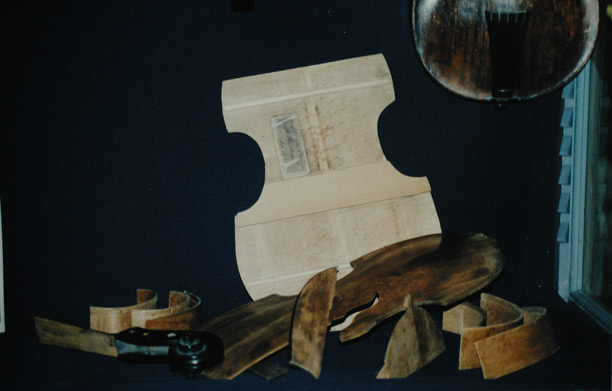The Shapes of the Viola da gamba in History
– Putting together a complex puzzle –
Unlike the violin, whose basic design was already standardized by the middle of the 16th Century with the work of Andrea Amati in Cremona and has remained basically unaltered up to the present day (indeed, all violins look alike! If you examine the measurements of the violins in our collection, you may be surprised at how closely they resemble each other), violas da gamba or viols (the English term for this instrument) were constructed in a truly stunning variety of sizes and shapes, as witnessed by examining even just the instruments in our collection.
Models with five, six or seven strings, sizes varying from the pardessus to the double bass, with flat backs or shaped backs, with bent tops or with shaped tops (see the article by Simone Zopf), with sloping shoulders or rounded ones, with festoon outlines or violin-outlines or traditional English outlines, with C-holes or F-holes or flame-holes, with or without rosettes, with carved heads or with scrolls: let’s face it, the aristocratic viol was as individualistic as its players and its enthusiasts! This marvellous variety is fortunately very much reflected in the viols of our collection.
